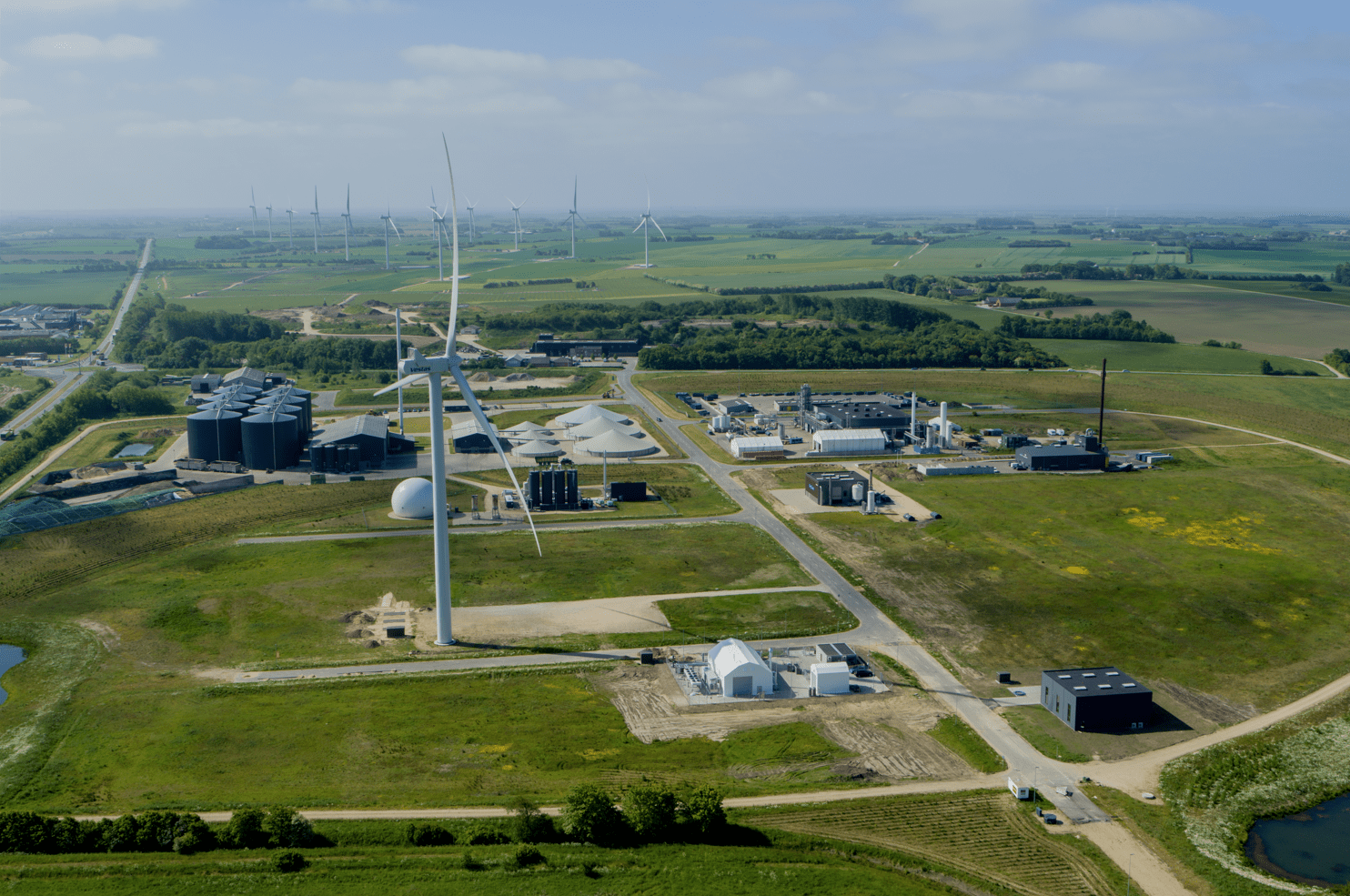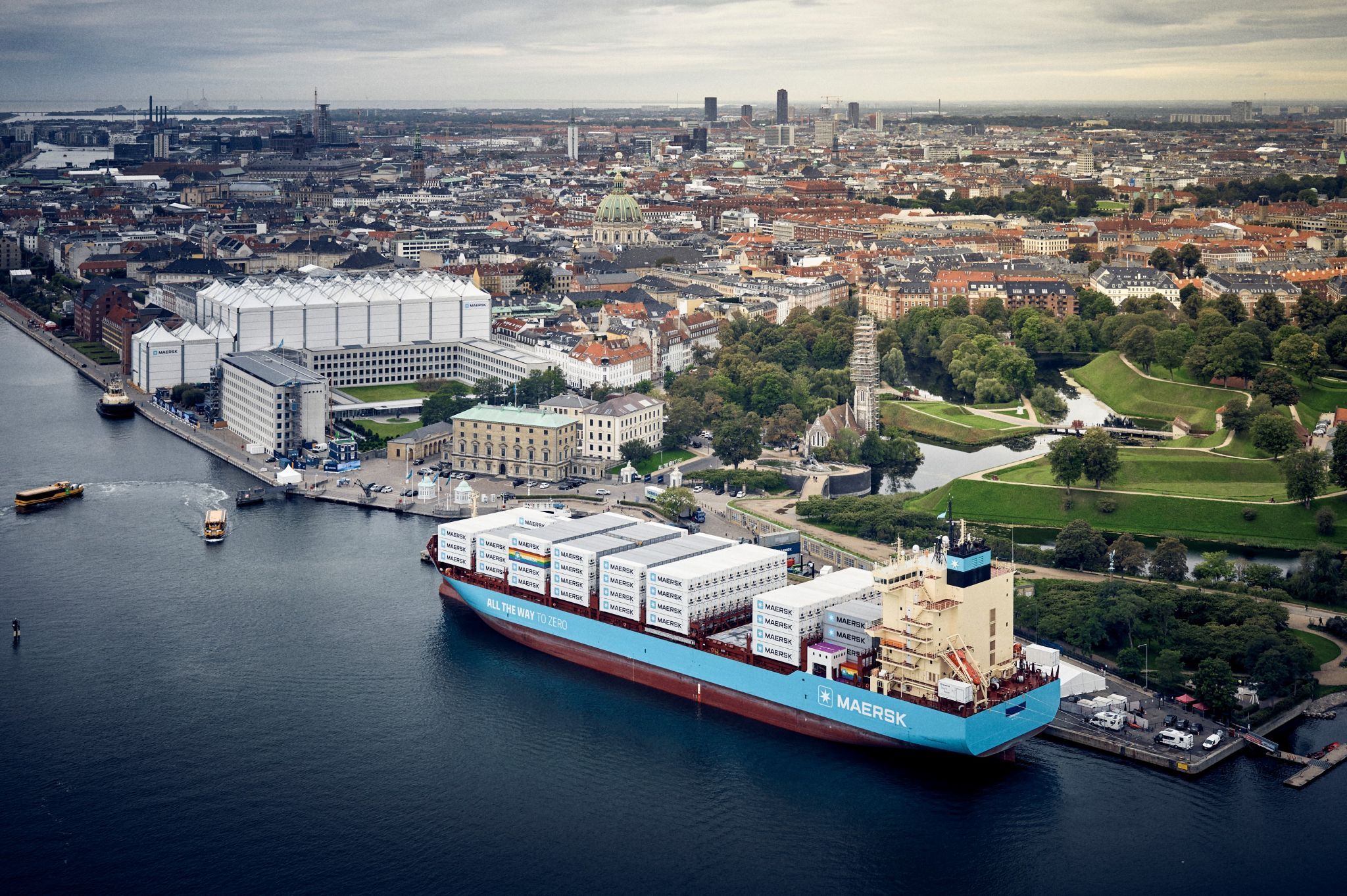News
Sustainable fuels
Urban mobility
Clean mobility: new EU standards to reduce pollution from trucks


On February 19, the European Parliament and the Council reached an agreement on strict CO2 emission standards for trucks. This new agreement follows the agreement reached in December on new CO2 emission standards for cars and light vans in the EU for the period after 2020. Accordingly, this is a further step in the European Union’s path towards clean mobility, preparing the transport sector for climate neutrality after 2050.
Today, CO2 emissions from heavy-duty vehicles including lorries, buses and coaches, represent around 6 per cent of total CO2 emissions in the EU and 27 per cent of total road transport CO2 emissions, even though they only account for 5 per cent of the vehicles on European roads. According to the new agreement, emissions from new trucks will have to be 30 per cent lower in 2030 compared to 2019 levels.
-Related solution: Biodiesel as a circular solution to transportation
“With the first-ever EU emission standards for trucks agreed, we are completing the legal framework to reach the European target of cutting greenhouse gas emissions by at least 40 per cent by 2030. The European Parliament and Council have reached an ambitious and balanced agreement. The new targets and incentives will help tackle emissions, as well as bring fuel savings to transport operators and cleaner air for all Europeans. For the EU industry, this is an opportunity to embrace innovation towards zero-emission mobility and further strengthen its global leadership in clean vehicles”, said Commissioner for Climate Action and Energy, Miguel Arias Cañete
[video width="1024" height="576" mp4="https://stateofgreen.com/en/core/../uploads/2019/02/54ac95b4-70c1-105e-b510-23f8392289f0-1.mp4"][/video]
Pushing for a binding reduction target
During the entire negotiation, Denmark has strived for an ambitious agreement, which resulted in a binding reduction target for 2030 and not just an indicative, as otherwise suggested by the Commission.
”I am pleased that the negotiations ended with a result, which takes another important step towards the difficult challenge of reducing the rising CO2 emission levels within the transport sector. Denmark has been pushing for an ambitious agreement, and we will try to push for an even higher target when it is time for the evaluation in 2022”, said the Danish Energy, Utilities and Climate Minister, Lars Chr. Lilleholt.
Tackling emissions from road transport is key to achieving the EU’s target of reducing greenhouse gas emissions by at least 40 per cent by 2030 compared to 1990 levels. The CO2 emission standards for trucks complete the EU's economy-wide legislative framework for achieving this target.
Following this provisional political agreement, the text of the Regulation will have to be formally approved by the European Parliament and the Council. Once endorsed by both co-legislators in the coming months, the Regulation will be published in the Official Journal of the Union and will immediately enter into force.
Source: European Comission and European Council
You should consider reading
News
Energy efficiency in industry
+3















